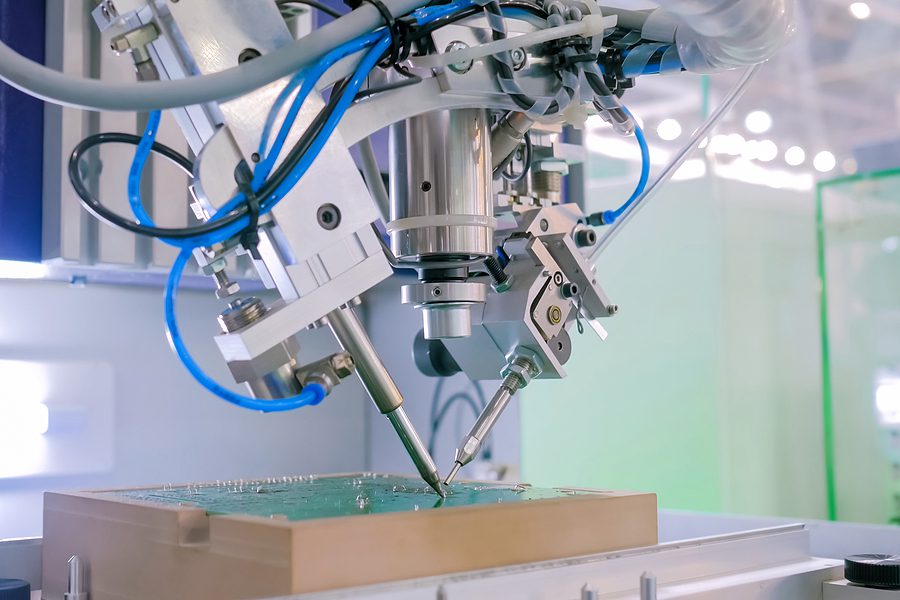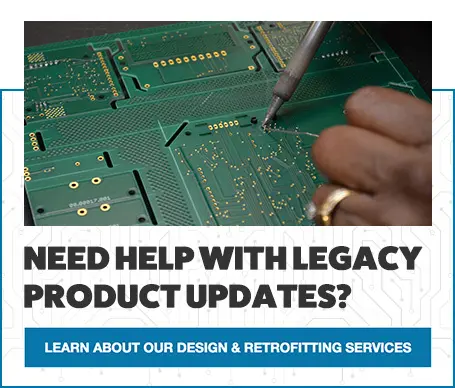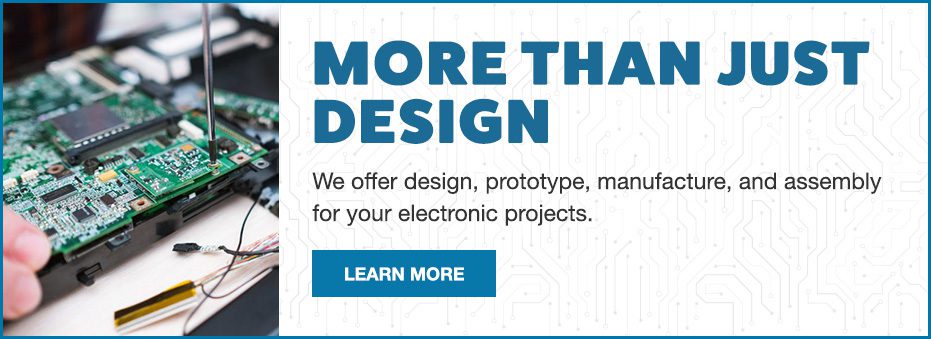Will Electronic Component Shortages Derail Your Project?
Component shortages can be disruptive, costly, and downright infuriating when your project is in PCB development. Unfortunately, planned and unplanned component shortages are a fact of the electronic manufacturing industry. However, electronic component shortages do not need to derail your entire project. There are several steps that can be taken to lessen their impact.
The most important first step is to find a great manufacturing partner. Working with an experienced ECM will keep your project build running smoothly, even in the face of adversity.

Prepare for Upcoming Planned Shortages
There are two types of electronic component shortages:
- Planned
- Unplanned
A big factor driving planned parts shortages is the rapid-pace development of new technology. New components are created to replace existing ones as the demand for greater capability, better performance, and smaller products grows. You can anticipate and prepare for component changes if you are aware of these developments.
Have Engineers In-House to Determine Alternative Components
Many engineers are skilled at anticipating electronic component lifecycle changes. In-house engineers will monitor parts availability and a plan will be in place before components are unavailable.
On-site engineers can also step-in with a redesign in order to accommodate component replacements. They can re-create the device using reverse engineering without sacrificing quality or functionality. It will have the same shape and fit as the original, but with available components.
Have Parts Forecasting Processes in Place
Predicting the likelihood of a parts shortage and estimating a timeline for when it will occur will prevent a manufacturing halt. The majority of electronic part availability forecasting involves the development of models and mathematical equations to predict the risk of obsolescence or dates when components will become hard to obtain. This allows for parts to be sourced before they become difficult to come by and the price increases. Engineers can also use it to find a suitable replacement part.

Have Vetted Network of Suppliers
Your ECM will receive advanced notifications of part availability and prices, as well as any changes to status and component life cycles if they work with an existing network of vetted vendors. This allows you to stock up on needed parts by purchasing them before they become scarce. Your ECM can also use its supply chain resources to locate a suitable substitute or aftermarket source for components if applicable.
Lifecycle of Components
Understanding a component’s lifecycle is necessary for proactive planning to mitigate shortages. End of Life (EOL) notifications should be carefully monitored by your ECM. A good manufacturing partner will keep track of component availability and part end-of-life notices. This enables parts to be sourced before they become difficult to come by and the price rises.
Create a DFM for Your Product
A complete DFM detects design flaws that can lead to manufacturing issues. This includes looking for obsolete parts and components that may become unavailable in the near future. Identifying EOL precursors for a specific part is one example. The amount of inventory available, the number of sources, and price fluctuations will all be considered as well. The DFM analysis’ findings enable you to rework your design to avoid sourcing issues in the short term.
Start Your Quote Now!Leave it to Levison
Working with the right ECM for your electronic project can have a big impact on your project outcome. Levison Enterprises works with each customer to ensure a successful build at the best possible price.
We have an incredible network of suppliers, and we continuously forecast and monitor component availability. Plus, our in-house engineers are experts in problem solving and are able to find a solution once parts shortage arises.
Need help with your next electronic project? Contact Levison today for a free quote.